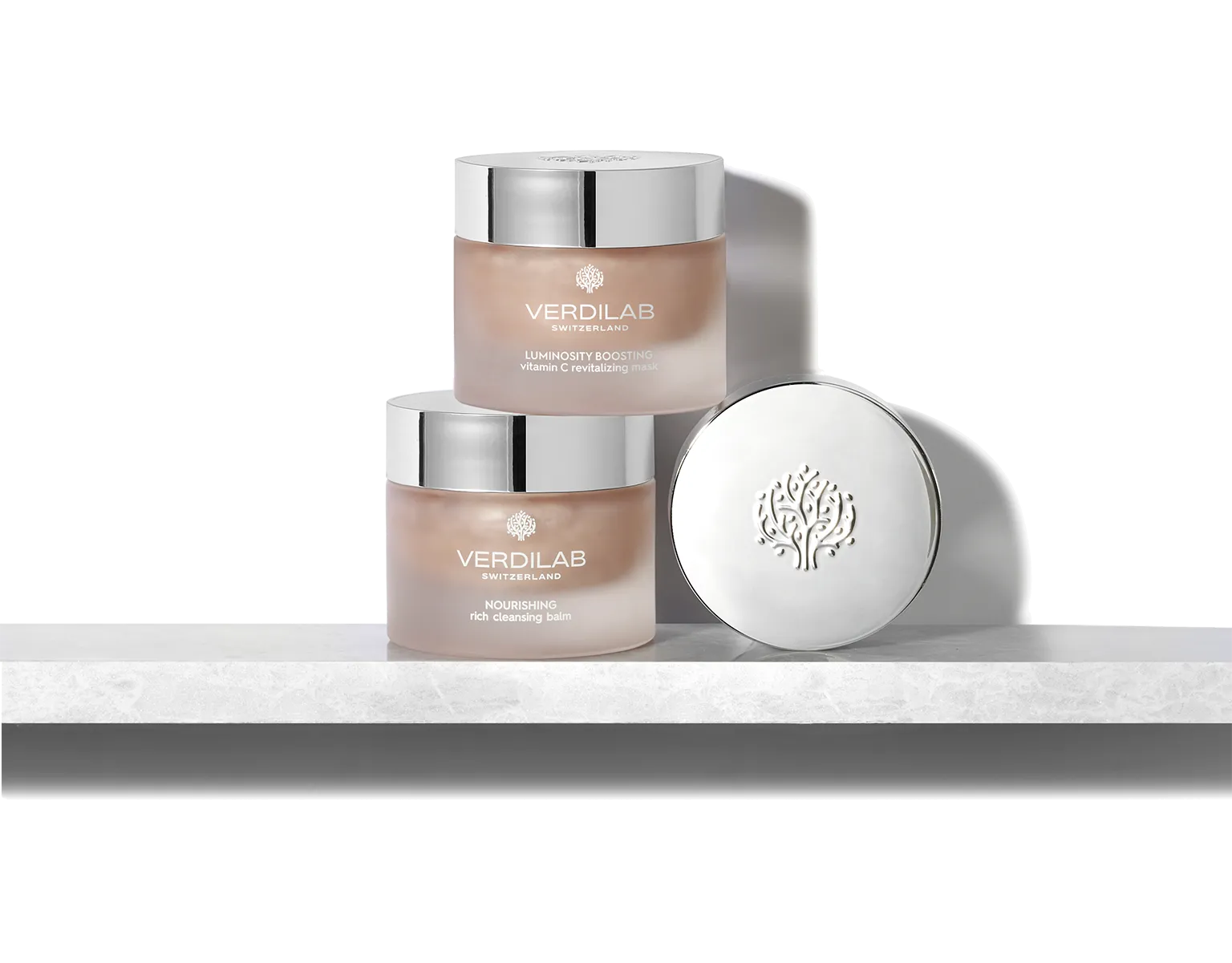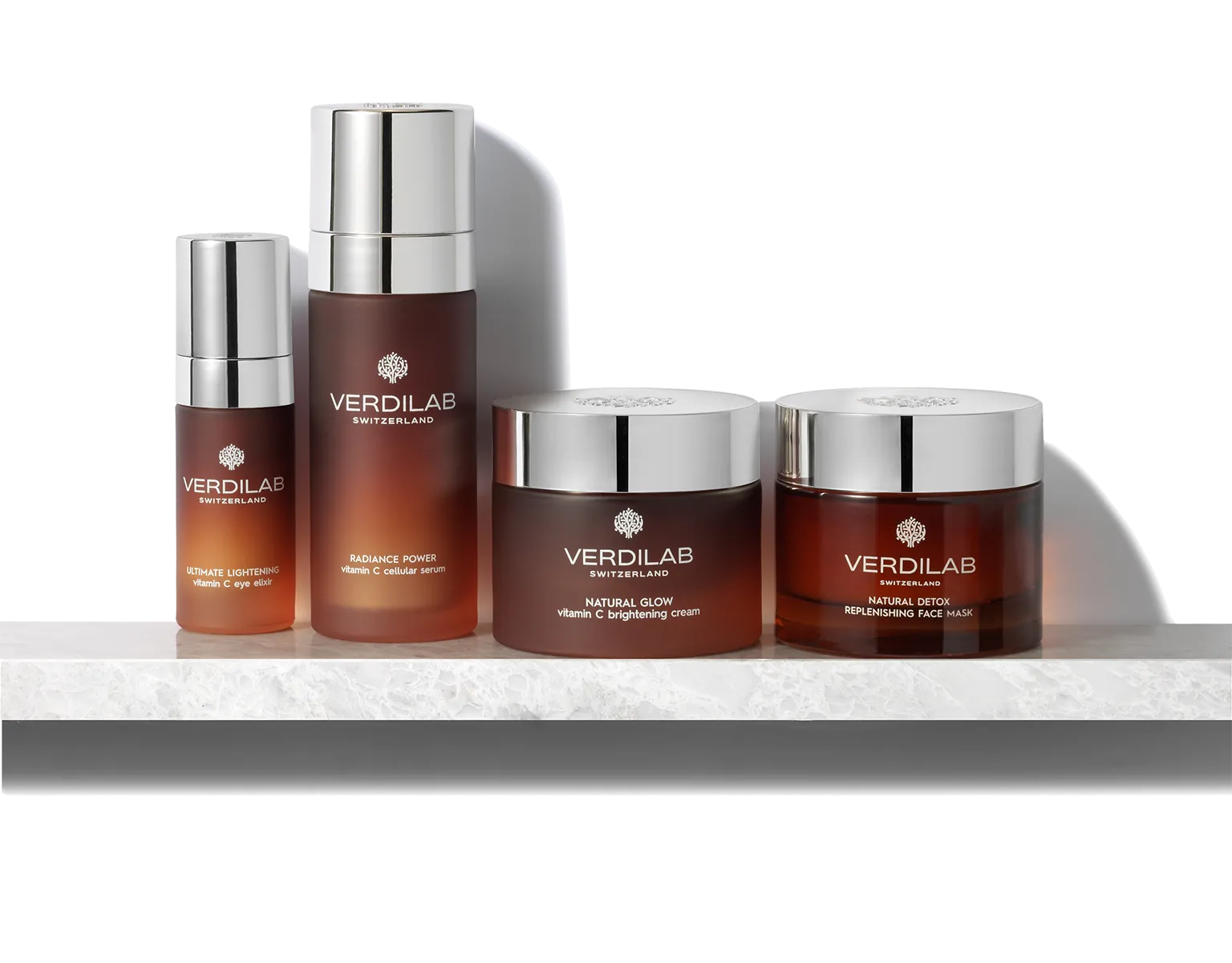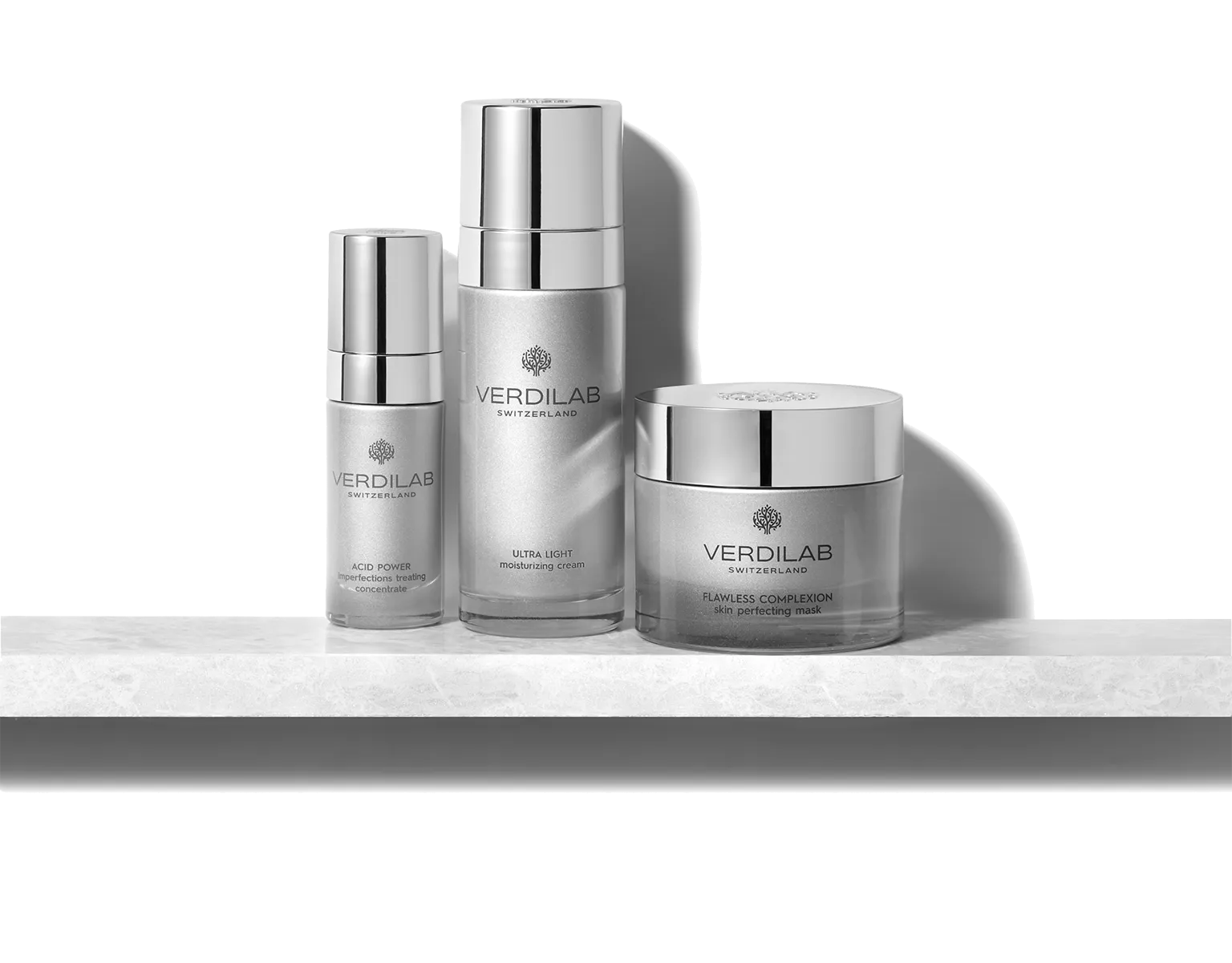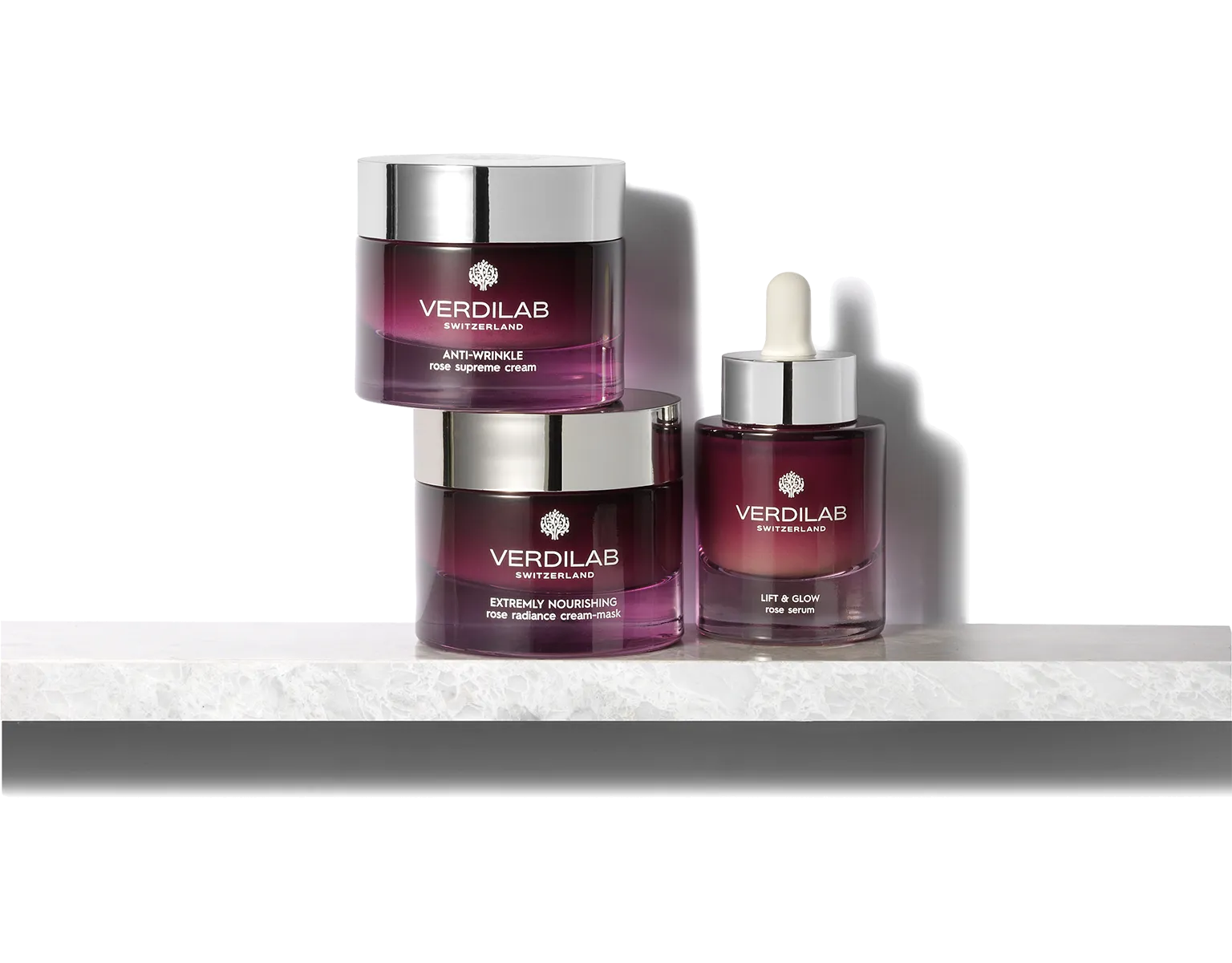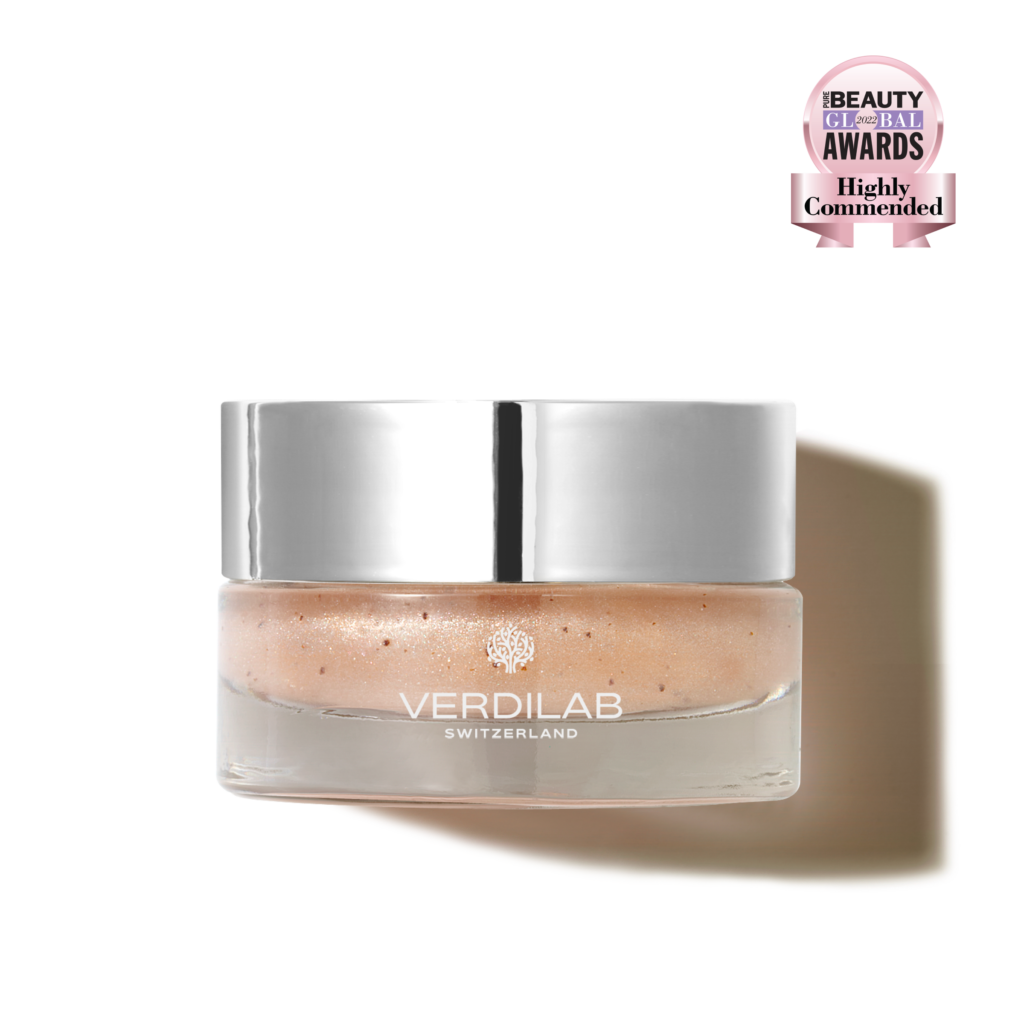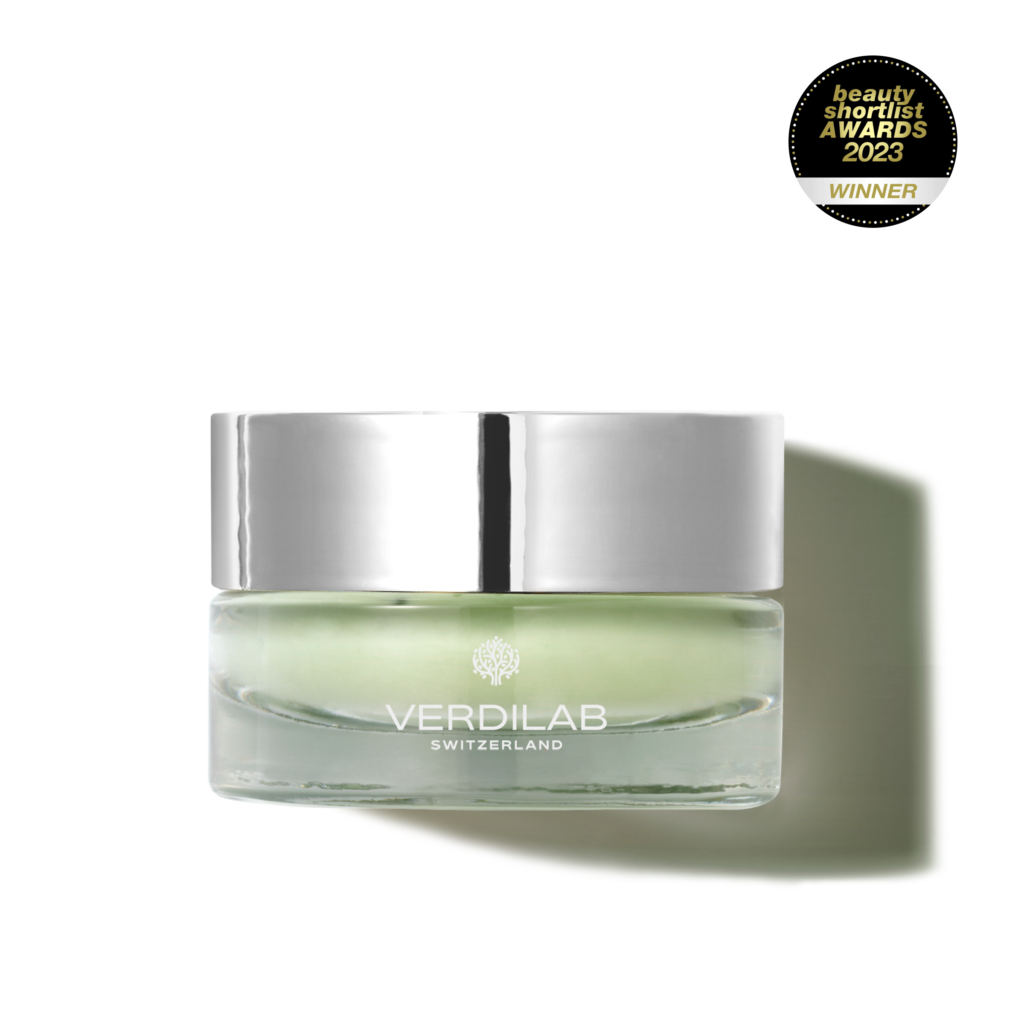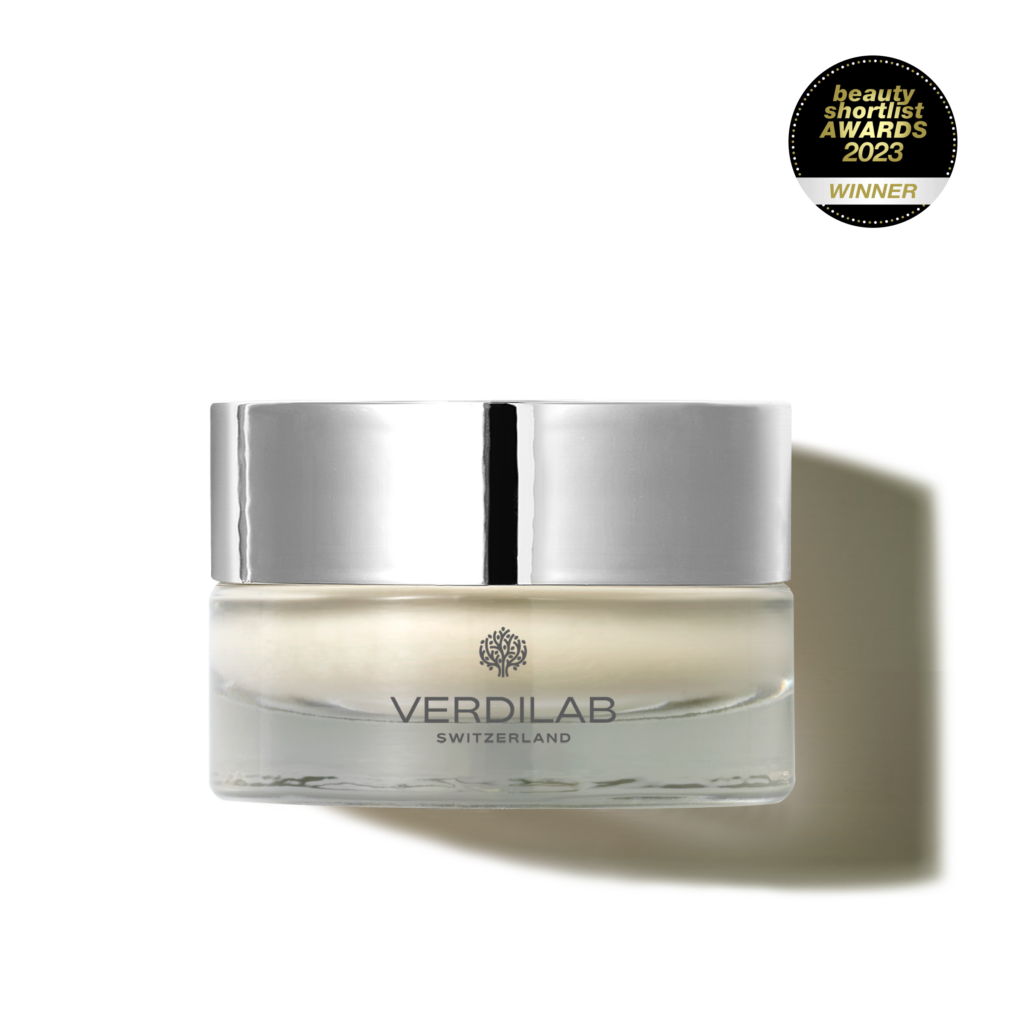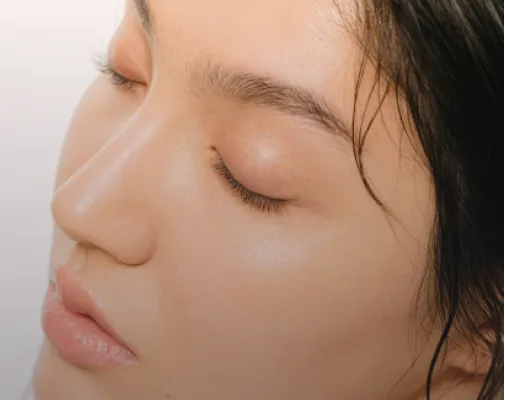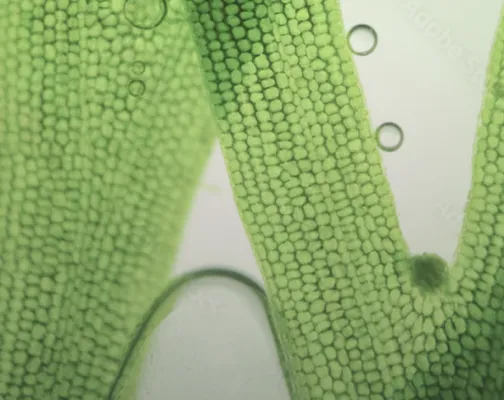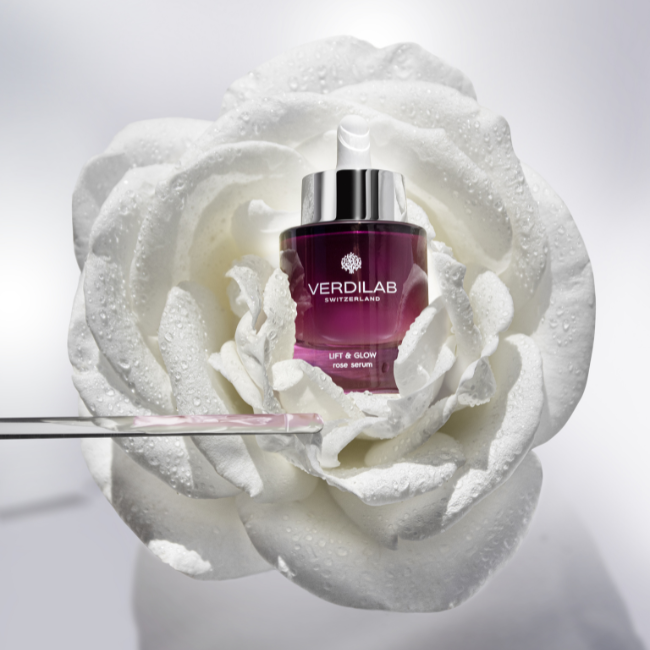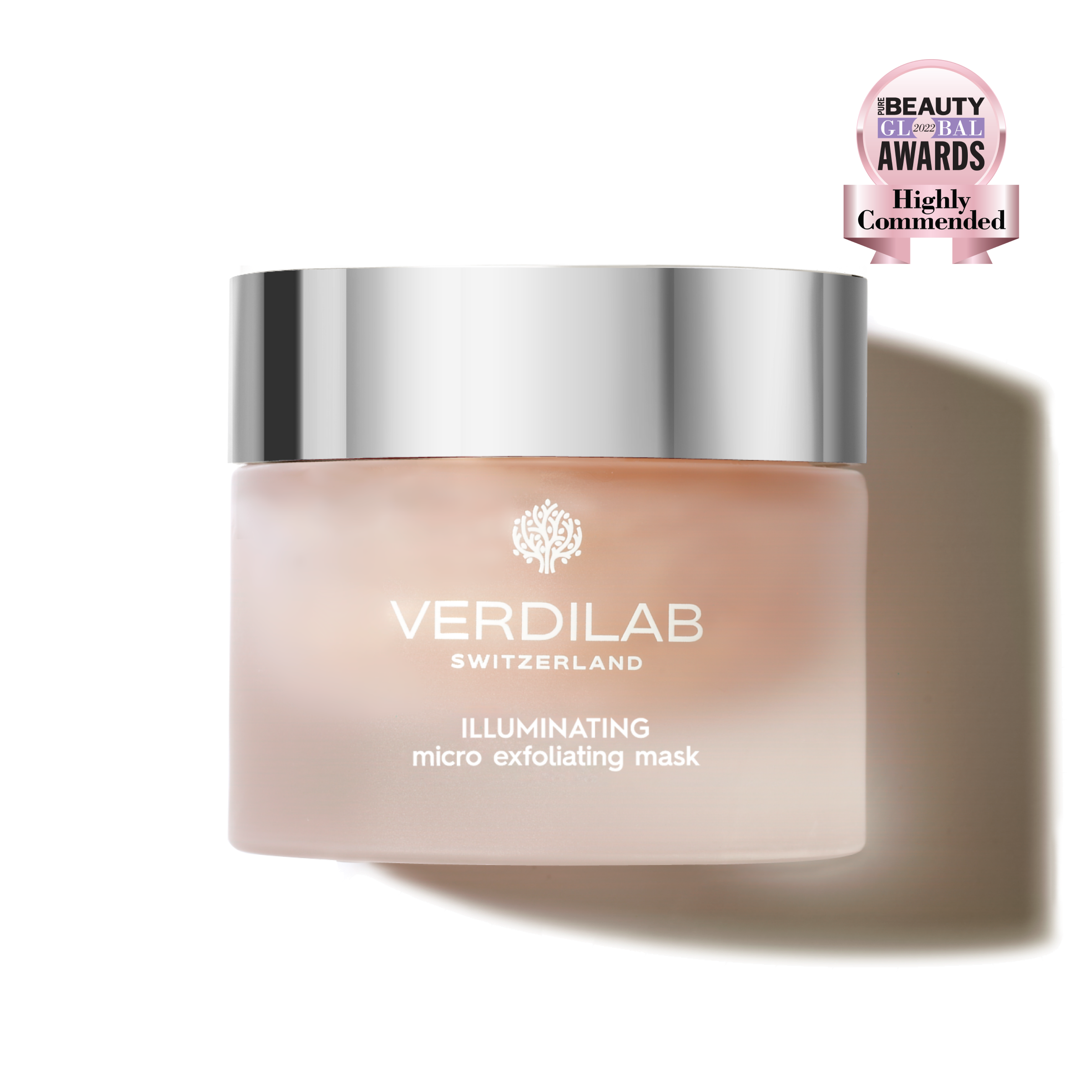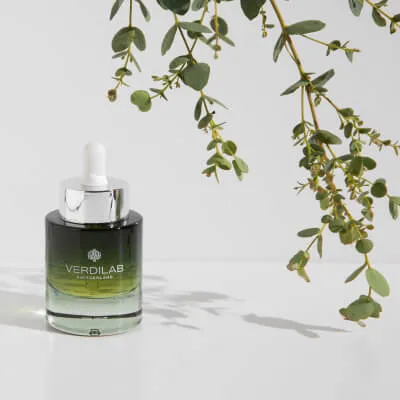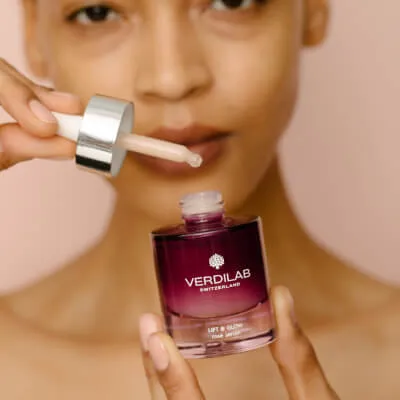- Exfoliating Gives Skin a Needed Overhaul
- How Frequently Should You Exfoliate?
- How Often Dermatologists Say You Should Exfoliate Your Face
- Benefits of Using a Mask
- Two Options: Mechanical and Chemical Exfoliation
- How Face Masks Work
- You are Probably Making these Big Mistakes in Your Skincare Regimen
- How to Exfoliate Your Face without Wrecking Your Skin
- VERDILAB’s Illuminating Micro-Exfoliating Mask
- When to Talk to a Dermatologist
We all hate when our skin starts to feel dull, rough and dry but love that fresh, soft feeling they get after exfoliating. However, that may leave you wondering: How often should I use an exfoliating mask? That’s a good question, and dermatologists say that exfoliating your face once a week is not enough. Instead, they recommend that you exfoliate two or three times each week unless you have particularly sensitive skin.
Read on and learn more about why exfoliating your face is so important, including how it can help with breakouts, discoloration and wrinkles.
Exfoliating Gives Skin a Needed Overhaul
The human body sheds about 500 million skin cells every day, and it sheds its entire outer layer of skin every three or four weeks. This process is entirely natural and nothing to be concerned about. Unfortunately, it can have a few unpleasant side effects. Namely, the dead cells we shed sometimes remain on the face and body, clogging pores and causing flaky patches of skin.
This is where exfoliation comes in. Exfoliating regularly removes dead skin cells, deeply cleans pores to prevent blemishes, reduces excessive sebum secretion and leaves skin looking radiant and feeling great. Plus, it is remarkably easy to do.
How Frequently Should You Exfoliate?
Some people believe in the ‘more is better’ philosophy and suggest exfoliating every day. Meanwhile, others think this is overkill and that once a week is plenty.
Dermatologists base their advice on research and science rather than opinion. For example, they say that two or three times a week is the perfect exfoliation regimen for all but those with especially sensitive skin. Meanwhile, if your skin gets irritated easily and is prone to redness, you should still exfoliate at least once a week. But even in this case, if you have sensitive skin, you should be extremely careful in choosing the right cosmetic. This precautionary measure means paying close attention to its composition, using only products dedicated to sensitive skin, without irritants and common allergens in the composition. Therefore, we suggest that you use gentle and natural exfoliating masks.
We recommend using VERDILAB’s Illuminating Micro-Exfoliating Mask since it is 100% natural and created to be safe for sensitive skin. It combines extremely gentle enzymatic and physical exfoliators to deeply cleanse and immediately illuminate your skin, stimulating cell renewal and unblocking clogged pores. In addition, it will provide a sense of relaxation thanks to its luxurious fragrance-free composition.
Can an Exfoliating Mask be Used Daily?
The answer to this question will depend on the kind of exfoliating mask you are using. Here’s a guide to the main types and how often you should them.
Clay or Mud Masks
Clay, mud or activated charcoal exfoliating masks are quite safe and work wonders for the skin. They work by drawing oil, dirt and other impurities out of skin pores. Unfortunately, using them too often can rob the skin of its natural oils, leaving it feeling dry and raw. As such, they should not be part of your daily routine.
Cream and Gel Masks
You can use cream and gel masks more often because they contain ingredients that hydrate and refresh the skin. They contain chemical or natural exfoliants.
Their ingredients range from hyaluronic acid, a substance the body makes naturally to retain water, to different alpha hydroxy acids, such as papaya extracts. And while gel and cream exfoliating masks are milder than their mud and clay counterparts, they are not recommended for daily use either.
Sheet Masks
Sheet masks are strips of cotton, cellulose, fiber or coconut pulp infused with a liquid hydrating formula. They feel wet and may even drip a little when they are taken out of their packaging. Most of them are fine to use every day. However, exfoliating sheet masks that contain ingredients like glycolic acid may be too harsh for daily use.
How Often Dermatologists Say You Should Exfoliate Your Face
It is best to plan your exfoliation regimen in the same way you would approach going to the gym. We allow our muscles at least a day to recover between workouts, and we should give our faces the same consideration.
When dermatologists advise us to exfoliate two or three times a week, what they are really saying is we should give our faces a day or two to recuperate between exfoliations. Monday, Wednesday and Friday are the most commonly chosen days to exfoliate as this schedule leaves the weekends free.
Is it Better to Exfoliate in the Morning or at Night?
The time of day you exfoliate simply boils down to your preferences and daily routine. The best plan is a plan that you can stick to, so you may want to exfoliate in the morning if you like to get out of bed early or at night if you like to stay up late.
If your skin looks dull in the morning, exfoliating early will give you a boost of joy as it makes you look vibrant. Using an exfoliating mask at night removes the dirt and debris your skin picks up during the day, along with any lingering traces of makeup. It also perfectly prepares the skin for the intake of nutrients from your intensive night care.
What’s Best? Exfoliating Before or After a Shower?
This question is a far easier one to answer. For one thing, you should undoubtedly exfoliate after you take a shower. There are a couple of reasons for this: First, the warmth of a shower opens the pores, releases the body’s natural oils and softens the skin.
Second, washing off dirt and grime will make your exfoliant’s job a lot easier. Exfoliating masks work much better when applied to clean and dry skin.
When is the Best Time to Use Toner When Exfoliating?
Skin toners infused with aloe, chamomile, eucalyptus or other soothing elements refresh the skin and restore its pH levels. Also, they should be applied after using an exfoliating mask. The toner will get rid of any debris or dirt that the mask loosened but did not remove, and it will also soothe your skin and prevent irritation.
Chemical exfoliants work differently and produce better results when the skin has been prepared for them, so you should apply toner first if you use one.
7 Benefits of Using a Mask
Now that you know when you should exfoliate, you may be wondering whether you should bother. The benefits of exfoliation are clear if you have oily skin or acne. But what if your skin is fine the way it is, and you have not had a breakout in years? Is it still really worth all the fuss? The answer is a resounding yes for many reasons, and here are just a few of them:
- Improved appearance and more confidence: Following a regular exfoliating regimen gives the skin a healthy glow. And looking good makes us feel good and gives us more confidence.
- Skincare products work better: The skincare products you use will penetrate more deeply and be much more effective if they are applied to clean skin and are not blocked by dirt or dead cells.
- Avoid breakouts: Exfoliating clears pores and prevents clogging, which means clearer skin and fewer breakouts.
- Fewer wrinkles: Exfoliation stimulates skin renewal, and skin that is exfoliated regularly produces more collagen. This fact is important because collagen is the protein that gives our skin its glow, vibrancy and elasticity. Collagen prevents sagging and minimizes the signs of aging, so exfoliating can help to keep you looking young.
- More even skin tone: Peeling smooths the texture of the skin and minimizes the appearance of light and dark patches for a more even and uniform look.
- Improved circulation: Exfoliation stimulates lymphatic drainage and encourages oxygen-rich blood to nourish the skin. This cleansing effect removes unhealthy toxins and boosts cellular health.
- Faster cell turnover: Exfoliation produces a glowing and dewy complexion because it removes dead skin cells and stimulates skin renewal.
Two Options: Mechanical and Chemical Exfoliation
The benefits listed above make it pretty clear that exfoliating your face two or three times a week is a really good idea, so how should you go about it? There are basically two options. You can exfoliate manually by rubbing or scrubbing dead skin cells away, or you can let a chemical do the job for you.
Using chemicals on your face might sound scary and dangerous, but there is no need to worry. The chemicals used in exfoliants are usually very mild and specifically chosen for use on the skin. Still, you should always read the label first to ensure that you don’t overdo it.
Also, remember that facial skin is not as tough as the skin on some other parts of the body, so make sure that you use a facial exfoliant on yours. No matter which option you go with, you will have choices. Here are some pointers to help you decide:
- Fine-grain scrubs: Vigorous manual exfoliation could be too much for people with sensitive skin, but face scrubs made with very fine granules are easier on the face and can be used more often. Some of the finest manual exfoliants are made using natural marine salt or silica that has been extracted from bamboo sap. If you want to find out if the scrub you chose is suitable for your face, rub a little on the back of your hand and look for any signs of redness or irritation.
- Coarse-grain scrubs: Facial scrubs with coarse grains like sugar or synthetic grains have traditionally been the most popular manual exfoliants. However, they should be used with care, as they can cause microtearing and break down the delicate barriers that keep skin hydrated. When this happens, the skin is left raw, dry and vulnerable to bacteria. Moreover, synthetic granules are not eco-friendly as they pollute the aquatic environment and harm the creatures living there. Therefore, we advise against using them.
- Alpha hydroxy acids: Also known as AHAs, alpha hydroxy acids are a lot less formidable than they sound. They are water-based acids that are extracted from sugar or fruits, which are the best natural chemical exfoliants, and list pomegranate, lemon or sugar cane among their ingredients. AHAs are great at breaking the bonds between dead skin cells and removing surface imperfections, but they do not penetrate very deeply. This property means that they are suitable for all but the most sensitive skin.
- Beta hydroxy acids: BHAs penetrate more deeply than AHAs because they are oil soluble, meaning they are more effective at cleaning and unclogging pores on people with oily or combination skin. BHAs are also active ingredients in many prescription and over-the-counter acne medications.
How Face Masks Work
Face masks can range from masks with anti-aging and brightening properties to charcoal and clay masks. Here’s more about how these different kinds of face masks work:
1. Anti-aging Masks
Ingredients like plant stem cells and hyaluronic acid in anti-aging masks are touted as the new fountain of youth because they stimulate cell turnover. This stimulating action helps to reduce the visibility of fine lines and wrinkles while also improving elasticity.
2. Brightening Masks
If you have dull, sallow skin that looks like it has seen better days, then a brightening face mask with ingredients like potent glabridin from licorice root extract and vitamin C is the perfect solution. Their formulations also can contain ingredients like gluconolactone (PHA) and azelaic acid to lighten age spots and reduce inflammation.
3. Charcoal Masks
Charcoal is a highly absorbent substance that can suck impurities out of your pores when used as a face mask. These masks are suitable for people who suffer from oily skin, but they should only be used on the t-zone (forehead, nose and chin) and not all over the face because charcoal can stifle dry skin if left in place too long without being washed off. In addition, charcoal masks are not recommended for people with sensitive skin.
4. Clay Masks
Clay has been used to cleanse the face for centuries because of its ability to absorb excess oil. Nevertheless, it can be very drying if it is not balanced with moisturizing ingredients, so make sure you look for one that has moisturizing hyaluronic acid or ultra-calming natural α-Bisabolol in the mix.
You are Probably Making these Big Mistakes in Your Skincare Regimen
The biggest mistake you are probably making in your skincare regimen, besides not wearing sunscreen, is exfoliating too little or not enough. Also, not moisturizing your skin enough is another common mistake.
As mentioned previously, skincare products, which include sunscreen and moisturizers, penetrate your skin and work more effectively when you use exfoliating masks beforehand. In addition, people also make the big mistake of not exfoliating correctly, and we are going to discuss the right way to do it next.
How to Exfoliate Your Face without Wrecking Your Skin
If done incorrectly or too much, exfoliating can damage your skin by breaking down its natural barrier, which kills beneficial bacteria and makes it vulnerable to harmful bacteria. As a result, potential breakouts and inflammation are likely to occur.
Here are a few tips to exfoliate the proper way.
Don’t Scrub Too Hard
A common blunder people often make when they are first learning to exfoliate is to scrub the skin with too much pressure. And that can be extremely damaging to sensitive facial skin. Instead, gently massage the skin with your fingers, or use a soft-bristled brush, loofa pad or washcloth, and apply very little pressure.
Apply the Facial Exfoliating Mask Evenly
Face exfoliating masks can be a wonderful product for your skin. They tighten pores, help with acne and even out the complexion of your face. But it is important to apply them evenly, or else they will not work as effectively.
When applying a clay mask, make sure that there is an even layer all over the face so that no part is left out. However, be sure to avoid the area around the eyes as the skin in this area is very thin and delicate and should not be exfoliated. Allow it time to work before thoroughly rinsing the product off.
Be sure to Include the Neck Area and Décolleté
It is very important to remember that you should not just focus on your face when it comes to exfoliating. You should also pay attention to the neck and décolleté (the French term for the upper border that’s cut out of a woman’s dress or top if you are unfamiliar).
The skin in these areas is still prone to fine lines because of sun damage or age, so if you want a more youthful appearance and glowing skin, then make sure to take care of this demanding area of your body.
Don’t Leave the Mask on Too Long
When exfoliating, it is essential to remember not to leave the product on for too long. That can irritate skin and cause breakouts as well as dryness.
Allow your skin around 5-10 minutes before rinsing off completely after applying an exfoliator mask or scrubbing with a soft-bristled brush. If you want to leave a mask on for longer, then be sure to go with something that has moisturizing ingredients in it so your skin does not dry out.
Remove the Mask the Right Way
Using a washcloth to remove your exfoliating mask can be effective, but it is vital that you proceed gently when scrubbing your face. For instance, if you are scrubbing too hard when removing the mask, you could irritate and break out sensitive facial skin. In addition, we suggest using a washcloth made only of delicate natural bamboo or cotton fabrics to avoid irritation.
Instead of using pressure, try rinsing off your face with warm water and then take a damp washcloth to remove the product. This technique will work best for exfoliating masks in powder form or cleansers containing oil, such as coconut oil.
VERDILAB’s Illuminating Micro-Exfoliating Mask
Are you looking for a safe and natural exfoliating face mask? VERDILAB offers a unique solution on the market, which provides a double effect through a combination of physical and enzymatic exfoliation.
Its ultra-rich formula contains 7 natural AHAs, malic, tartaric, phytic, chlorogenic, lactic, citric & glycolic from fruits, rice, sugar cane and sugar maple tree extracts, to provide keratolytic and cell renewal effects. In addition, it is enriched with ultra-gentle French Guérande Salt and natural Lychee Seeds that clear pores and restore a naturally radiant complexion.
When to Talk to a Dermatologist
Talk to your dermatologist if you have a skin condition, as exfoliating scrubs and masks may not be a good option for you. For instance, anything that irritates skin can worsen skin conditions like rosacea. Therefore, you should choose soothing masks tested on sensitive skin to ensure safe care.
Rosacea shows up on the face in the form of broken capillaries, flaky, dry skin and bumps. People with rosacea-prone skin cannot rub or scrub their face, which means the use of washcloths, facial sponges and exfoliating are off-limits.
We hope you enjoyed our article about using exfoliating face masks and find it helpful. For more tips and tricks about skin care, be sure to check out our blog and subscribe to our newsletter!
